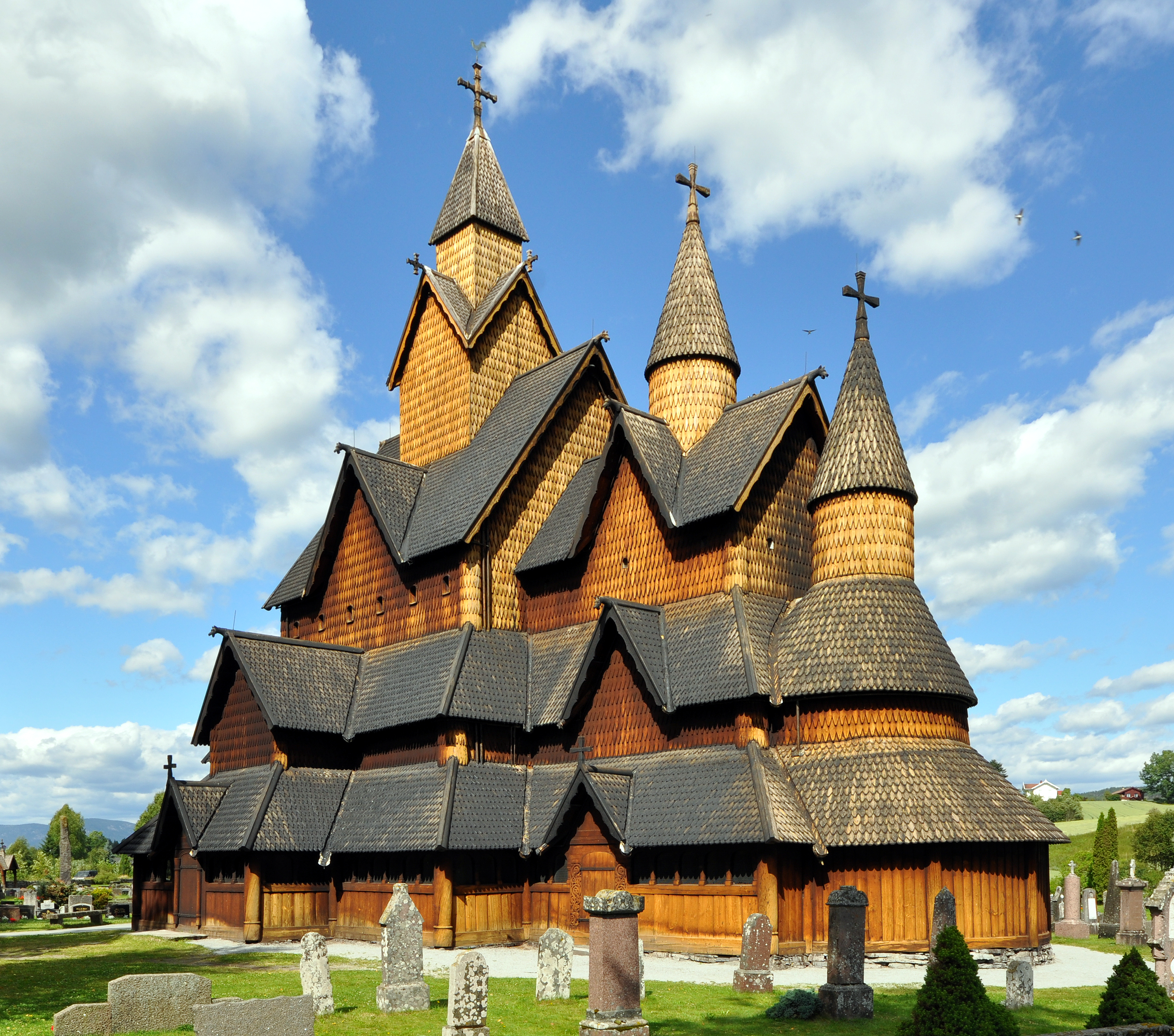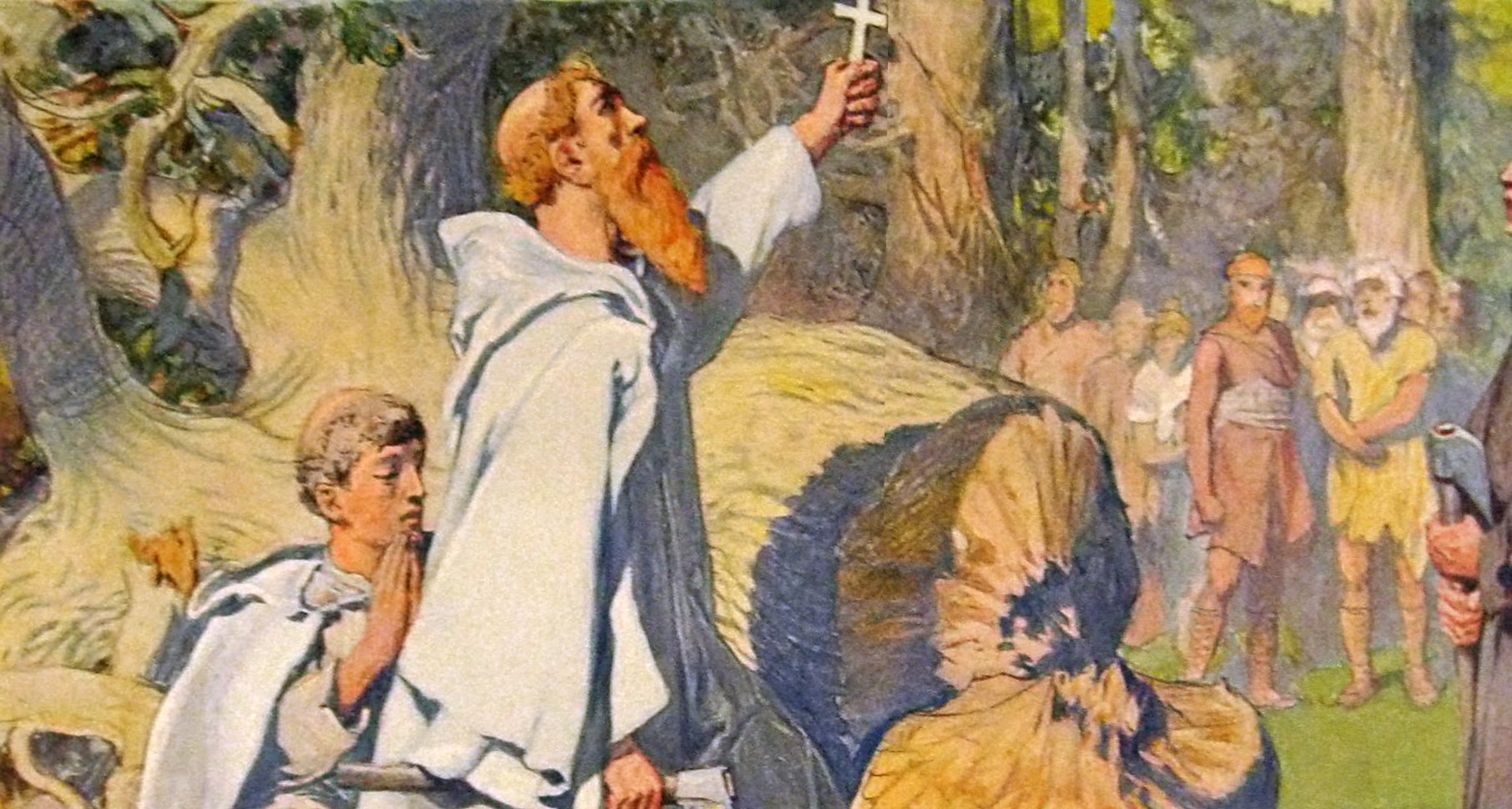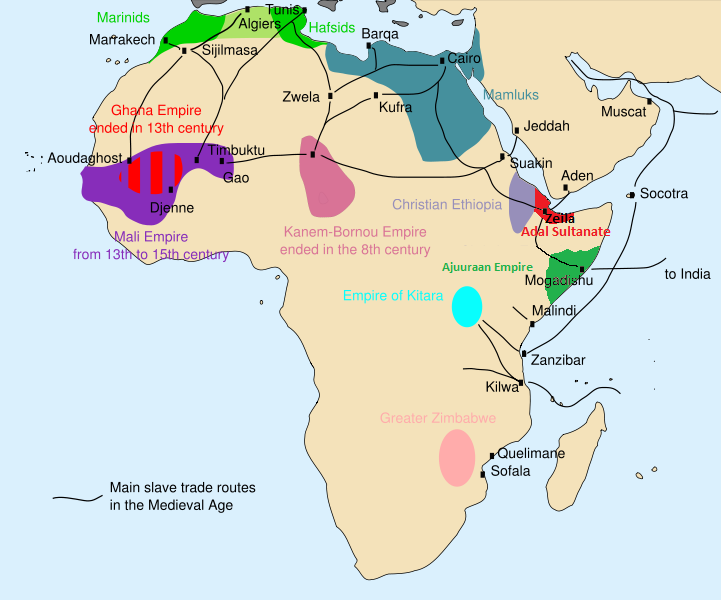|
Troll
A troll is a being in Nordic folklore, including Norse mythology. In Old Norse sources, beings described as trolls dwell in isolated areas of rocks, mountains, or caves, live together in small family units, and are rarely helpful to human beings. In later Scandinavian folklore, trolls became beings in their own right, where they live far from human habitation, are not Christianized, and are considered dangerous to human beings. Depending on the source, their appearance varies greatly; trolls may be ugly and slow-witted, or look and behave exactly like human beings, with no particularly grotesque characteristic about them. In Scandinavian folklore, trolls are sometimes associated with particular landmarks (sometimes said to have been formed by a troll having been exposed to sunlight). Trolls are depicted in a variety of media in modern popular culture. Etymology The Old Norse nouns ''troll'' and ''trǫll'' (variously meaning "fiend, demon, werewolf, jötunn") and Middle High ... [...More Info...] [...Related Items...] OR: [Wikipedia] [Google] [Baidu] |
Old Norse
Old Norse, also referred to as Old Nordic or Old Scandinavian, was a stage of development of North Germanic languages, North Germanic dialects before their final divergence into separate Nordic languages. Old Norse was spoken by inhabitants of Scandinavia and their Viking expansion, overseas settlements and chronologically coincides with the Viking Age, the Christianization of Scandinavia, and the consolidation of Scandinavian kingdoms from about the 8th to the 15th centuries. The Proto-Norse language developed into Old Norse by the 8th century, and Old Norse began to develop into the modern North Germanic languages in the mid- to late 14th century, ending the language phase known as Old Norse. These dates, however, are not precise, since written Old Norse is found well into the 15th century. Old Norse was divided into three dialects: Old West Norse (Old West Nordic, often referred to as ''Old Norse''), Old East Norse (Old East Nordic), and Old Gutnish. Old West Norse and O ... [...More Info...] [...Related Items...] OR: [Wikipedia] [Google] [Baidu] |
Nordic Folklore
Nordic folklore is the folklore of Denmark, Norway, Sweden, Iceland and the Faroe Islands. It has common roots with, and has been under mutual influence with, folklore in England, Germany, the Low Countries, the Baltic countries, Finland and Sápmi. Folklore is a concept encompassing expressive traditions of a particular culture or group. The peoples of Scandinavia are heterogenous, as are the oral genres and material culture that has been common in their lands. However, there are some commonalities across Scandinavian folkloric traditions, among them a common ground in elements from Norse mythology as well as Christian conceptions of the world. Among the many tales common in Scandinavian oral traditions, some have become known beyond Scandinavian borders – examples include The Three Billy Goats Gruff and The Giant Who Had No Heart in His Body. Legends * Tróndur was a powerful Viking chieftain who lived in the Faroe Islands during the 9th century. According to legend, T ... [...More Info...] [...Related Items...] OR: [Wikipedia] [Google] [Baidu] |
Jötunn
A (also jotun; plural ; in the normalised scholarly spelling of Old Norse, ; or, in Old English, , plural ) is a type of being in Germanic mythology. In Norse mythology, are often contrasted with gods (the Æsir and Vanir) and with other non-human figures, such as dwarf (mythology), dwarfs and elf, elves, although the groupings are not always mutually exclusive. The entities included in the category are referred to by several other terms, including , (or ) and if male and or if female. The typically dwell across boundaries from the gods and humans in lands such as . The are frequently attested throughout the Old Norse records, with also featuring in the Old English epic poem ''Beowulf''. The usage of the terms is dynamic, with an overall trend that the beings become portrayed as less impressive and more negative as Christianity becomes more influential over time. Although the term "giant" is sometimes used to gloss the word "" and its apparent synonyms in some transl ... [...More Info...] [...Related Items...] OR: [Wikipedia] [Google] [Baidu] |
Thor
Thor (from ) is a prominent list of thunder gods, god in Germanic paganism. In Norse mythology, he is a hammer-wielding æsir, god associated with lightning, thunder, storms, sacred trees and groves in Germanic paganism and mythology, sacred groves and trees, Physical strength, strength, the protection of humankind, hallowing, and fertility. Besides Old Norse , the deity occurs in Old English as , in Old Frisian as ', in Old Saxon as ', and in Old High German as , all ultimately stemming from the Proto-Germanic theonym , meaning 'Thunder'. Thor is a prominently mentioned god throughout the recorded history of the Germanic peoples, from the Roman Empire, Roman occupation of regions of , to the Germanic expansions of the Migration Period, to his high popularity during the Viking Age, when, in the face of the process of the Christianization of Scandinavia, emblems of his hammer, , were worn and Norse paganism, Norse pagan personal names containing the name of the god bear witness ... [...More Info...] [...Related Items...] OR: [Wikipedia] [Google] [Baidu] |
Völva
In Germanic paganism, a seeress is a woman said to have the ability to foretell future events and perform sorcery. They are also referred to with many other names meaning "prophetess", "staff bearer" and "sorceress", and they are frequently called ''witches'' both in early sources and in modern scholarship. In Norse mythology the seeress is usually referred to as ''völva'' or ''vala''. Seeresses were an expression of the pre-Christian shamanic traditions of Europe, and they held an authoritative position in Germanic society. Mentions of Germanic seeresses occur as early as the Roman era, when, for example, they at times led armed resistance against Roman rule and acted as envoys to Rome. After the Roman Era, seeresses occur in records among the North Germanic people, where they form a reoccurring motif in Norse mythology. Both the classical and the Norse accounts imply that they used wands, and describe them as sitting on raised platforms during séances. Ancient Roman and Gre ... [...More Info...] [...Related Items...] OR: [Wikipedia] [Google] [Baidu] |
Black People
Black is a racial classification of people, usually a political and skin color-based category for specific populations with a mid- to dark brown complexion. Not all people considered "black" have dark skin and often additional phenotypical characteristics are relevant, such as facial and hair-texture features; in certain countries, often in socially based systems of racial classification in the Western world, the term "black" is used to describe persons who are perceived as dark-skinned compared to other populations. It is most commonly used for people of sub-Saharan African ancestry, Indigenous Australians and Melanesians, though it has been applied in many contexts to other groups, and is no indicator of any close ancestral relationship whatsoever. Indigenous African societies do not use the term ''black'' as a racial identity outside of influences brought by Western cultures. Contemporary anthropologists and other scientists, while recognizing the reality of biological ... [...More Info...] [...Related Items...] OR: [Wikipedia] [Google] [Baidu] |
Bragi Boddason
Bragi Boddason, known as Bragi the Old (Old Norse language, Old Norse: ''Bragi hinn gamli'') was a Norwegian skald active in the first half of the 9th century in poetry, 9th century, the earliest known skald from whom verses have survived. Portions of his ''Ragnarsdrápa'' are preserved in Snorri Sturluson's ''Prose Edda, Edda''. Life and career Bragi is known as "the Old" to distinguish him from a 12th-century skald, Bragi Hallsson. He was a member of a prominent family in southwestern Norway;"Bragi Boddason the Old", in: Lee M. Hollander, ''The Skalds: A Selection of Their Poems, With Introductions and Notes'', The American-Scandinavian Foundation, 1945, repr. Princeton, New Jersey: Princeton University, 1947, , p. 25. according to ''Landnámabók'', he married Lopthœna, the daughter of Erpr lútandi, another skald, and among their descendants was the early 11th-century skald Gunnlaugr ormstunga.Finnur Jónsson, "Om skjaldepoesien og de ældste skjalde (To foredrag)", ''Ar ... [...More Info...] [...Related Items...] OR: [Wikipedia] [Google] [Baidu] |
Skáldskaparmál
''Skáldskaparmál'' (Old Norse: 'Poetic Diction' or 'The Language of Poetry'; ; ) is the second part of the ''Prose Edda'', compiled by Snorri Sturluson. It consists of a dialogue between Ægir, the divine personification of the sea, and Bragi, the god of poetry, in which both stories of the Æsir and discourse on the nature of poetry are intertwined. The work additionally includes tales of human heroes and kings. The overarching mythological setup gradually fades and the work becomes more of an early form of a poetic thesaurus of Old Norse, presumably intended for usage by skalds (Norse poets and bards of the era). Much of the work is focused on poetic phrases and descriptors. The origin of these '' kennings'' is given; Bragi delivers a systematic list of ''kennings'' for various Æsir, people, places, and things. He then goes on to discuss poetic language in some detail, in particular '' heiti'', essentially poetic synonyms or alternate words. For example, the simple ... [...More Info...] [...Related Items...] OR: [Wikipedia] [Google] [Baidu] |
Norse Mythology
Norse, Nordic, or Scandinavian mythology, is the body of myths belonging to the North Germanic peoples, stemming from Old Norse religion and continuing after the Christianization of Scandinavia as the Nordic folklore of the modern period. The North Germanic languages, northernmost extension of Germanic mythology and stemming from Proto-Germanic folklore, Norse mythology consists of tales of various deities, beings, and heroes derived from numerous sources from both before and after the pagan period, including medieval manuscripts, archaeological representations, and folk tradition. The source texts mention numerous gods such as the thunder-god Thor, the Huginn and Muninn, raven-flanked god Odin, the goddess Freyja, and List of Germanic deities, numerous other deities. Most of the surviving mythology centers on the plights of the gods and their interaction with several other beings, such as humanity and the jötnar, beings who may be friends, lovers, foes, or family members of ... [...More Info...] [...Related Items...] OR: [Wikipedia] [Google] [Baidu] |
Lightning
Lightning is a natural phenomenon consisting of electrostatic discharges occurring through the atmosphere between two electrically charged regions. One or both regions are within the atmosphere, with the second region sometimes occurring on the land, ground. Following the lightning, the regions become partially or wholly electrically neutralized. Lightning involves a near-instantaneous release of energy on a scale averaging between 200 megajoules and 7 gigajoules. The air around the lightning flash rapidly heats to temperatures of about . There is an emission of electromagnetic radiation across a wide range of wavelengths, some visible as a bright flash. Lightning also causes thunder, a sound from the shock wave which develops as heated gases in the vicinity of the discharge experience a sudden increase in pressure. The most common occurrence of a lightning event is known as a thunderstorm, though they can also commonly occur in other types of energetic weather systems, such ... [...More Info...] [...Related Items...] OR: [Wikipedia] [Google] [Baidu] |
Hrungnir
Hrungnir (Old Norse: , 'brawler') is a jötunn in Norse mythology. He is described as made of stone and is ultimately killed in a duel with the thunder god Thor. Prior to his demise, Hrungnir engaged in a wager with Odin in which Odin stakes his head on his horse, Sleipnir, being faster than Hrungnir's steed Gullfaxi. During the race, which Sleipnir wins, Hrungnir enters Ásgard, and there becomes drunk and abusive. After they grow weary of him, the gods call on the god Thor to battle Hrungnir. He is slain by Thor's hammer Mjölnir. Hrungnir is comparable to the Hurrian Ullikummi, a stone-giant who grew so quickly that he reached the heavens. He was slain by the thunder-god Teshub who is equivalent also to the Luwian Tarḫunz and Hittite Tarḫunna. Name The Old Norse name Hrungnir has been translated as 'brawler', or as 'big person, strong man', 'noise-maker'. Attestations Prose Edda In ''Skáldskaparmál'' (The Language of Poetry), written in the 13th century CE ... [...More Info...] [...Related Items...] OR: [Wikipedia] [Google] [Baidu] |








